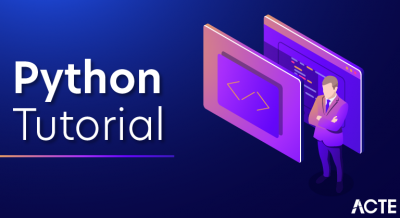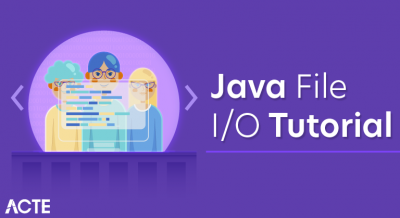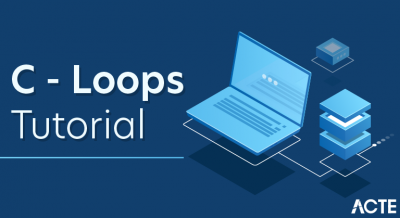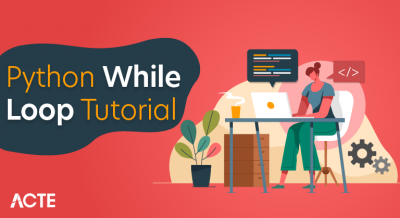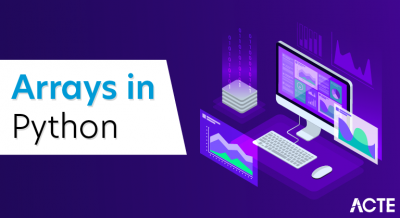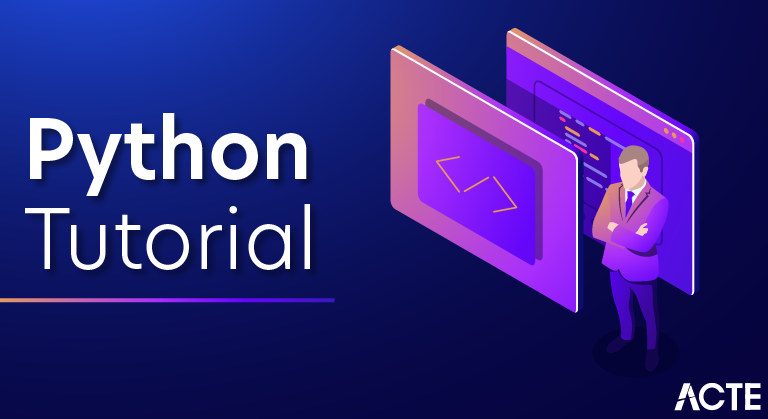
Python is a high level Programming Language with the features of object oriented programming. As it offers dynamic binding and many more keywords thus has become extremely popular in the field of Application Development.

Python is the marvellous creature of Guido Van Rossum, a Dutch computer scientist and mathematician who decided to create a programming language which is unique on its own.
It is used for web development, software development, mathematical analysis, Data analysis and many more. Python is derived from many languages including C, C++, Java, Unix shell and many more.
Python program is typically 1/5 to 1/3 the size of equivalent Java or C++ code.
Python is used by many companies as well as in research centers. Google, YouTube, Dropbox, Yahoo, Zope Corporation,Walt Disney, Pixar, NASA, Red Hat, Nokia, IBM, Netflix, Yelp, Intel, Cisco, HP, Qualcomm, JPMorgan Chase, just to name a few.
Python is the high level object oriented programming language.
It follows some features,
- Clear syntax and expressive
- Supports both Object Oriented programming and Functional Programming
- Highly Portable, runs almost anywhere like,highend server, workstations etc
- Uses machine independent byte codes
- Designed to be extensible allowing access to many external libraries of C and C++
Below are the common Python implementations ,
- Cpython ( c ) (most common)
- PyPy (python)
- JyThon (Java)
- IronPython(.Net)
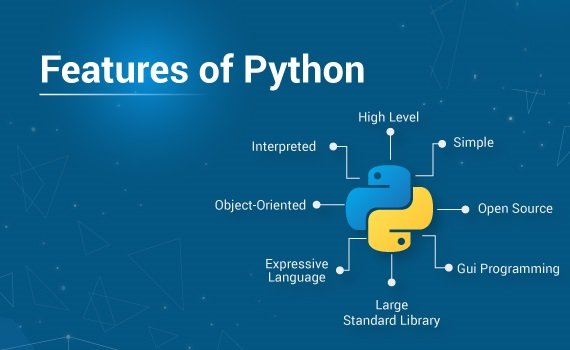
Python Applications
Python is known for its general-purpose nature that makes it applicable in almost every domain of software development. Python makes its presence in every emerging field. It is the fastest-growing programming language and can develop any application.
Here, we are specifying application areas where Python can be applied.
1) Web Applications
We can use Python to develop web applications. It provides libraries to handle internet protocols such as HTML and XML, JSON, Email processing, request, beautifulSoup, Feedparser, etc. One of Python web-framework named Django is used on Instagram. Python provides many useful frameworks, and these are given below:
- Django and Pyramid framework(Use for heavy applications)
- Flask and Bottle (Micro-framework)
- Plone and Django CMS (Advance Content management)
2) Desktop GUI Applications
The GUI stands for the Graphical User Interface, which provides a smooth interaction to any application. Python provides a Tk GUI library to develop a user interface. Some popular GUI libraries are given below.
- Tkinter or Tk
- wxWidgetM
- Kivy (used for writing multitouch applications )
- PyQt or Pyside
3) Console-based Application
Console-based applications run from the command-line or shell. These applications are computer program which are used commands to execute. This kind of application was more popular in the old generation of computers. Python can develop this kind of application very effectively. It is famous for having REPL, which means the Read-Eval-Print Loop that makes it the most suitable language for the command-line applications.
Python provides many free library or module which helps to build the command-line apps. The necessary IO libraries are used to read and write. It helps to parse argument and create console help text out-of-the-box. There are also advance libraries that can develop independent console apps.
4) Software Development
Python is useful for the software development process. It works as a support language and can be used to build control and management, testing, etc.
- SCons is used to build control.
- Buildbot and Apache Gumps are used for automated continuous compilation and testing.
- Round or Trac for bug tracking and project management.
5) Scientific and Numeric
This is the era of Artificial intelligence where the machine can perform the task the same as the human. Python language is the most suitable language for Artificial intelligence or machine learning. It consists of many scientific and mathematical libraries, which makes easy to solve complex calculations.
Implementing machine learning algorithms require complex mathematical calculation. Python has many libraries for scientific and numeric such as Numpy, Pandas, Scipy, Scikit-learn, etc. If you have some basic knowledge of Python, you need to import libraries on the top of the code. Few popular frameworks of machine libraries are given below.
- SciPy
- Scikit-learn
- NumPy
- Pandas
- Matplotlib
6) Business Applications
Business Applications differ from standard applications. E-commerce and ERP are an example of a business application. This kind of application requires extensively, scalability and readability, and Python provides all these features.
Oddo is an example of the all-in-one Python-based application which offers a range of business applications. Python provides a Tryton platform which is used to develop the business application.
7) Audio or Video-based Applications
Python is flexible to perform multiple tasks and can be used to create multimedia applications. Some multimedia applications which are made by using Python are TimPlayer, cplay, etc. The few multimedia libraries are given below.
- Gstreamer
- Pyglet
- QT Phonon
8) 3D CAD Applications
The CAD (Computer-aided design) is used to design engineering related architecture. It is used to develop the 3D representation of a part of a system. Python can create a 3D CAD application by using the following functionalities.
- Fandango (Popular )
- CAMVOX
- HeeksCNC
- AnyCAD
- RCAM
9) Enterprise Applications
Python can be used to create applications that can be used within an Enterprise or an Organization. Some real-time applications are OpenERP, Tryton, Picalo, etc.
10) Image Processing Application
Python contains many libraries that are used to work with the image. The image can be manipulated according to our requirements. Some libraries of image processing are given below.
- OpenCV
- Pillow
- SimpleITK
Important Features
- Python is completely object-oriented and it is not typed statically.
- There is no need for a variable declaration before you use them.
- An object will define which type of operations are supported by any particular object or what operations can you perform on the data values.
- With data type, you can also define the object attributes and either you can edit them or not.
- There are eight popular data types in Python that include – Boolean, Strings, Numbers, Lists, Tuples, Bytes, Sets, and Dictionaries.
- Programs are written as files ,and with the .py extension
- Each module has their own namespaces
- Name space within a module is always global
- .py files are executed directly
- .py files referenced by import statement are called as modules
- Here Variables are not needed for introduction or type casting
- Indentation plays a crucial role in here
Why Learn Python?
- Python is easy to learn. Its syntax is easy and code is very readable.
- Python has a lot of applications. It’s used for developing web applications, data science, rapid application development, and so on.
- Python allows you to write programs in fewer lines of code than most of the programming languages.
- The popularity of Python is growing rapidly. Now it’s one of the most popular programming languages.
Career Opportunities in Python
Apart from Ruby, after Swift, Python developers are more in demand and thus earns large packages. Python is also in use for cyber security.
The super intelligent coding structure provides different ways for supporting modern high-end technologies.
Data Analysis
Python is preferred in research areas for its flexibility and speed. Data analysis is done by Python. It supported different frameworks and libraries to provide Artificial Intelligence and Machine Learning.
Image Processing
Image Processing and using it in graphical and analytical platforms have become easy with Python.
Desktop Application
Python is also used in software development to create different desktop applications.
Raspberry Pi
With it, python can also use in robotics, machines, cameras and even remote controlled toys.
Games
Games like Battle Field 2, World of Tanks, Sims 4 are created by Python.
Advantages & Disadvantages of Python
Advantages
Easy to Learn
Whether a programmer knows how to code or not it is understandable by both as it follows a simple coding syntax . Thus nowadays programmers loves Python over C++ or Java.
Lesser Coding
Python needs lesser coding and the source code can be used in other languages like C++. Thus provides a strong outcome for embedding different languages. In here a simple print statement does the display of data. It also does not need braces to create blocks, the indentation is responsible for it.
Flexible
Python is portable to different Operating Systems. Anywhere a python source code can be taken for execution purpose. But you need to careful t ng
Python needs lesser coding and the source code can be used in other languages like C++. Thus provides a strong outcome for embedding different languages. In here a simple print statement does the display of data. It also does not need braces to create blocks, the indentation is responsible for it.
Flexible
Python is portable to different Operating Systems. Anywhere a python source code can be taken for execution purpose. But you need to careful to o not put any system dependent features.
Support for IoT
The IoT or Internet of Things has created huge opportunities in our life and technology and Python is the first choice for programmers when it comes to this topic. The Raspberry Pi is responsible for creating codes and communications between Bots and softwares.
Extensive Libraries
It provides large Libraries that include topics like String Operations, Internetworking, Web Services, OS Interfaces, Protocols, Regular Expressions, Documentations, Unit Testing, Databases Connectivity, Threading, Web browsers, CGI, GUI Programming and many more applications. Thus makes limited coding written in Python.
Free and Open Source
Building prototypes in Python is very easy. The Python code takes very less time to complete the circle from its first Prototype to final Product. The Open Source nature gives it a huge advantage over design, scalability, portability and speed .
Enterprise Application
The Enterprise Application integration or EAI provides Python COM or COBRA components to develop web services. It has powerful coding capabilities by invoking C, C++ or Java via Jython. Also supports XML or other markup languages for web development.
Scientific and Numeric Applications
Python through its different libraries supports Scientific and Research applications in numerical, analysis, analytical fields.
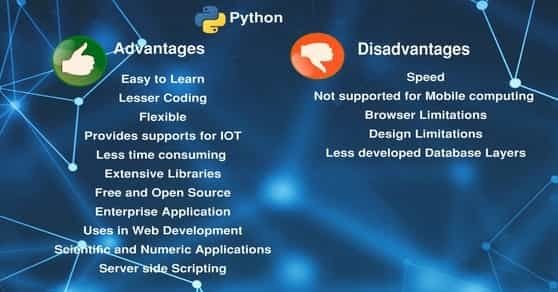
Disadvantages
Speed
As it is an Interpreted language thus sometimes speed is an issue. However some portions run faster than normal C or C++ codes. Still it is slower than C, C++ or newer like Go.
Not supported for Mobile or Browsers
As it is not yet supported for mobile development thus fewer apps had been built using Python. Even it has problems with browser as it is difficult to secure.
Design Limitations
As it is dynamically typed thus requires more testing with errors which only appears at runtime. Thus the design has its own issues.
Less developed Database Layers
Like C++ or Java which uses JDBC and ODBC technologies , the Python database access layer is less developed and primitive. However it cannot be in use where smooth interaction is needed for a complex huge database.
5. Python Implementation
Python is a language which can be implemented in different languages like CPython, PyPy, Jython, IronPython etc. But before proceeding further, you need to understand some important thngs.
Machine Language Coding
It is a set of instructions which directly executed by the CPU itself. Almost all of the high level languages converts the user written codes to machine language by using Compilers. The processors have their own machine language coding instruction sets.
Byte Code in OOP
It is converted to binary representations using virtual machines. The virtual machine is different for different languages and thus portable to different platforms.
What are the key features of Python?
- Python is an interpreted language. That means that, unlike languages like C and its variants, Python does not need to be compiled before it is run. Other interpreted languages include PHP and Ruby.
- Python is dynamically typed, this means that you don’t need to state the types of variables when you declare them or anything like that. You can do things like x=111 and then x=”I’m a string” without error
- Python is well suited to object orientated programming in that it allows the definition of classes along with composition and inheritance. Python does not have access specifiers (like C++’s public, private).
- In Python, functions are first-class objects. This means that they can be assigned to variables, returned from other functions and passed into functions. Classes are also first class objects
- Writing Python code is quick but running it is often slower than compiled languages. Fortunately,Python allows the inclusion of C based extensions so bottlenecks can be optimized away and often are. The numpy package is a good example of this, it’s really quite quick because a lot of the number crunching it does isn’t actually done by Python
- Python finds use in many spheres – web applications, automation, scientific modeling, big data applications and many more. It’s also often used as “glue” code to get other languages and components to play nice.
How to Install Python (Environment Set-up)
In this section of the tutorial, we will discuss the installation of Python on various operating systems.
Installation on Windows
Visit the linkhttps://www.python.org/downloads/ to download the latest release of Python. In this process, we will install Python 3.6.7 on our Windows operating system.
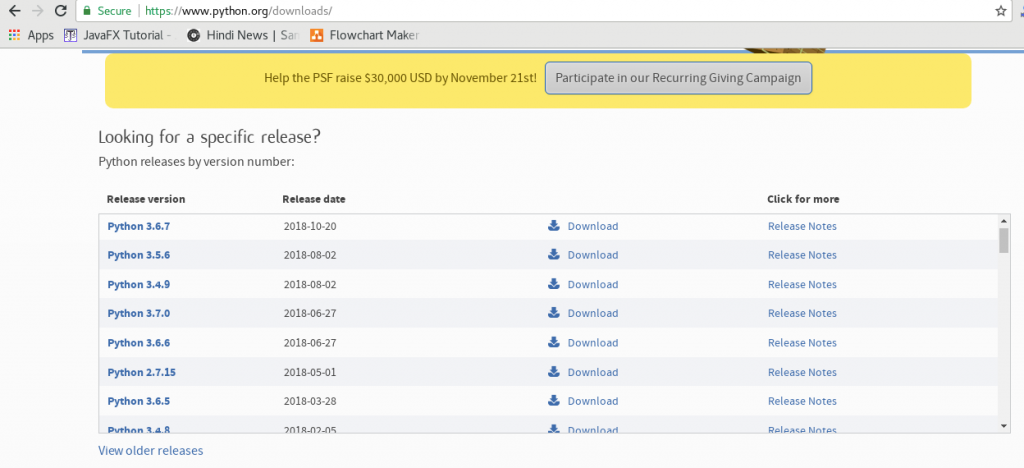
Double-click the executable file, which is downloaded; the following window will open. Select Customize installation and proceed.
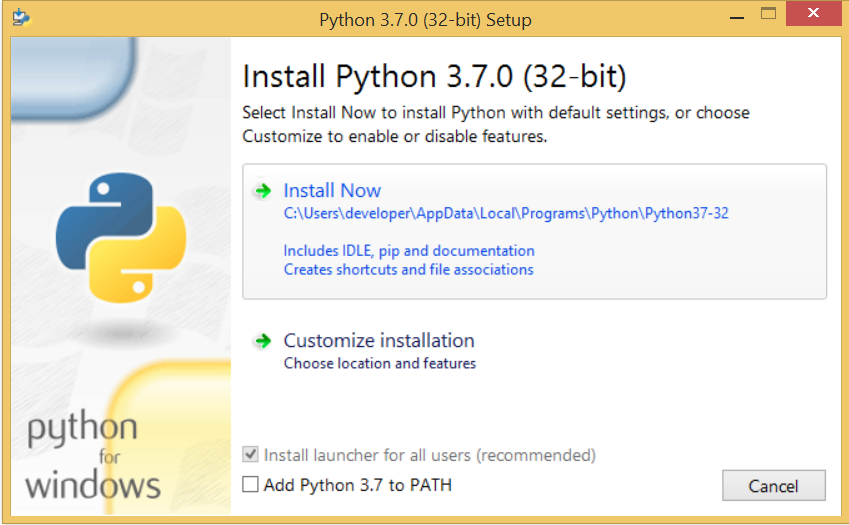
The following window shows all the optional features. All the features need to be installed and are checked by default; we need to click next to continue.
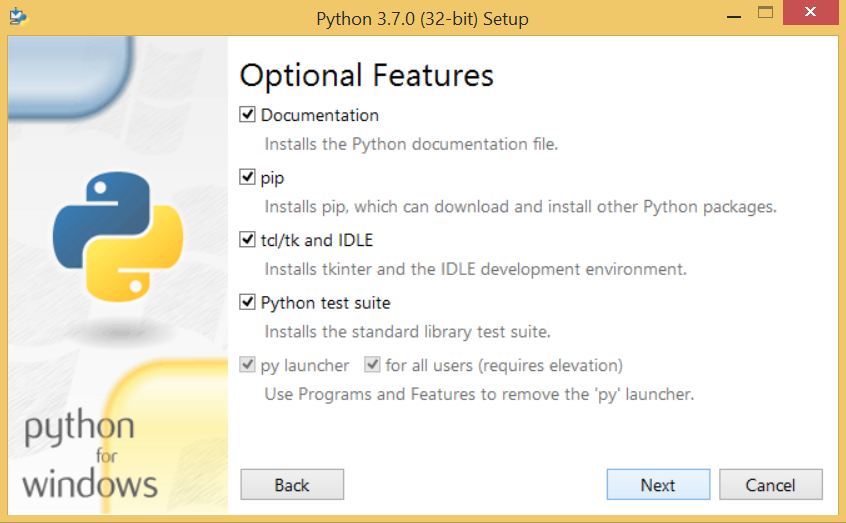
The following window shows a list of advanced options. Check all the options which you want to install and click next. Here, we must notice that the first check-box (install for all users) must be checked.
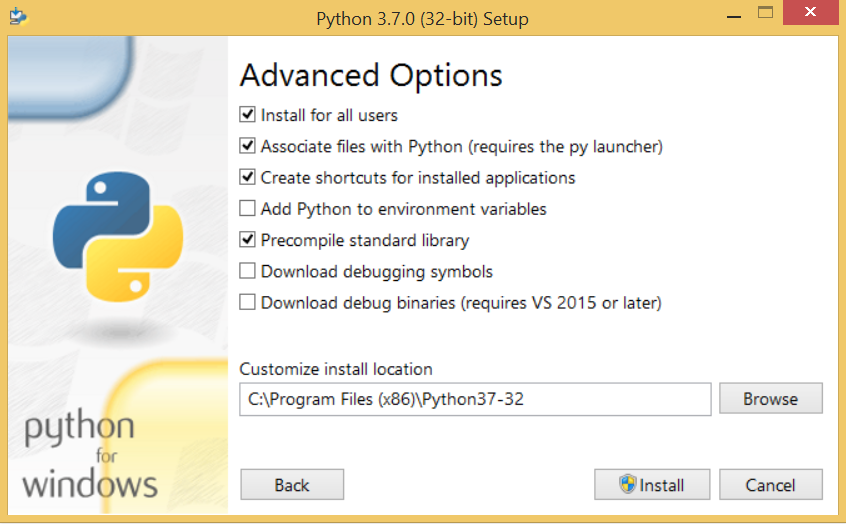
Now, we are ready to install python-3.6.7. Let’s install it.
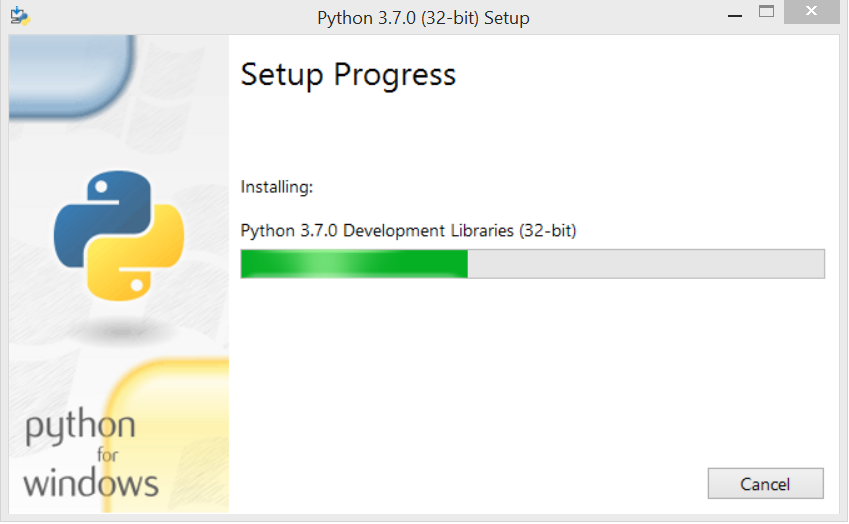
Now, try to run python on the command prompt. Type the command python in case of python2 or python3 in case of python3. It will show an error as given in the below image. It is because we haven’t set the path.
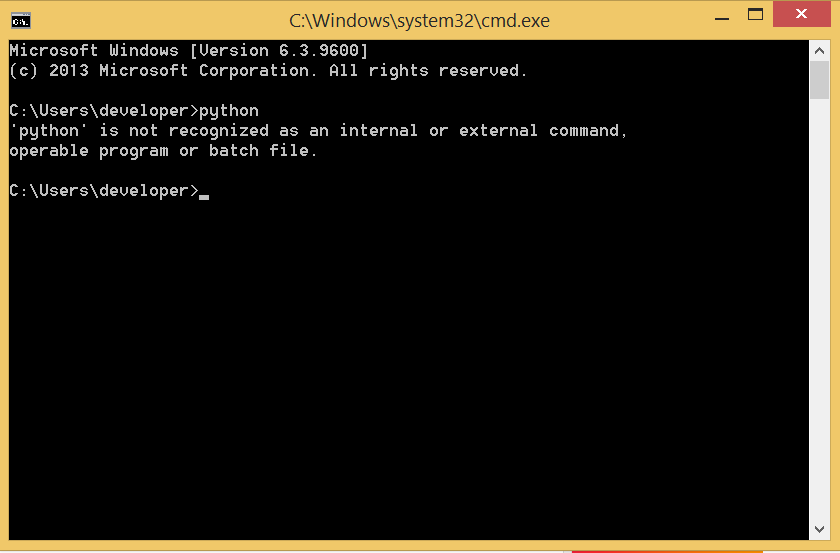
To set the path of python, we need to the right click on “my computer” and go to Properties → Advanced → Environment Variables.
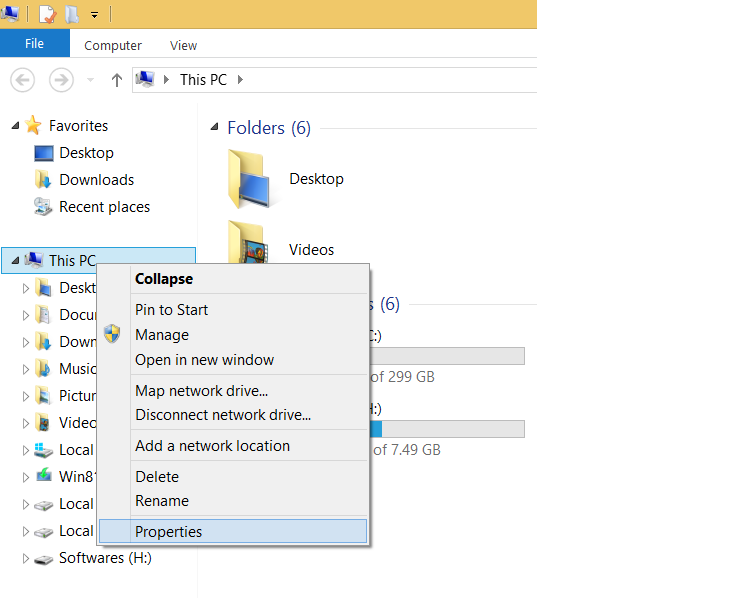
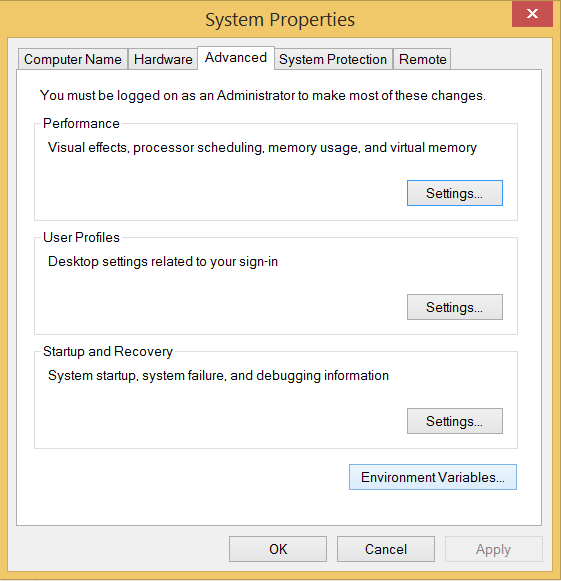
Add the new path variable in the user variable section.
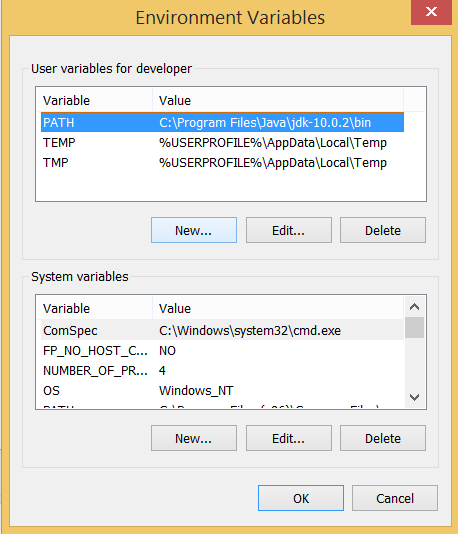
Type PATH as the variable name and set the path to the installation directory of the python shown in the below image.
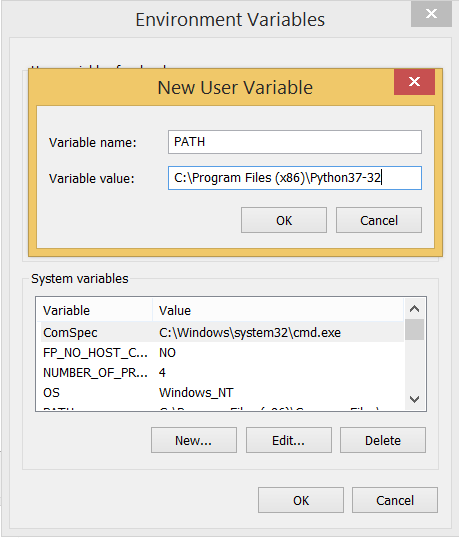
Now, the path is set; we are ready to run python on our local system. Restart CMD, and type python again. It will open the python interpreter shell where we can execute the python statements.


